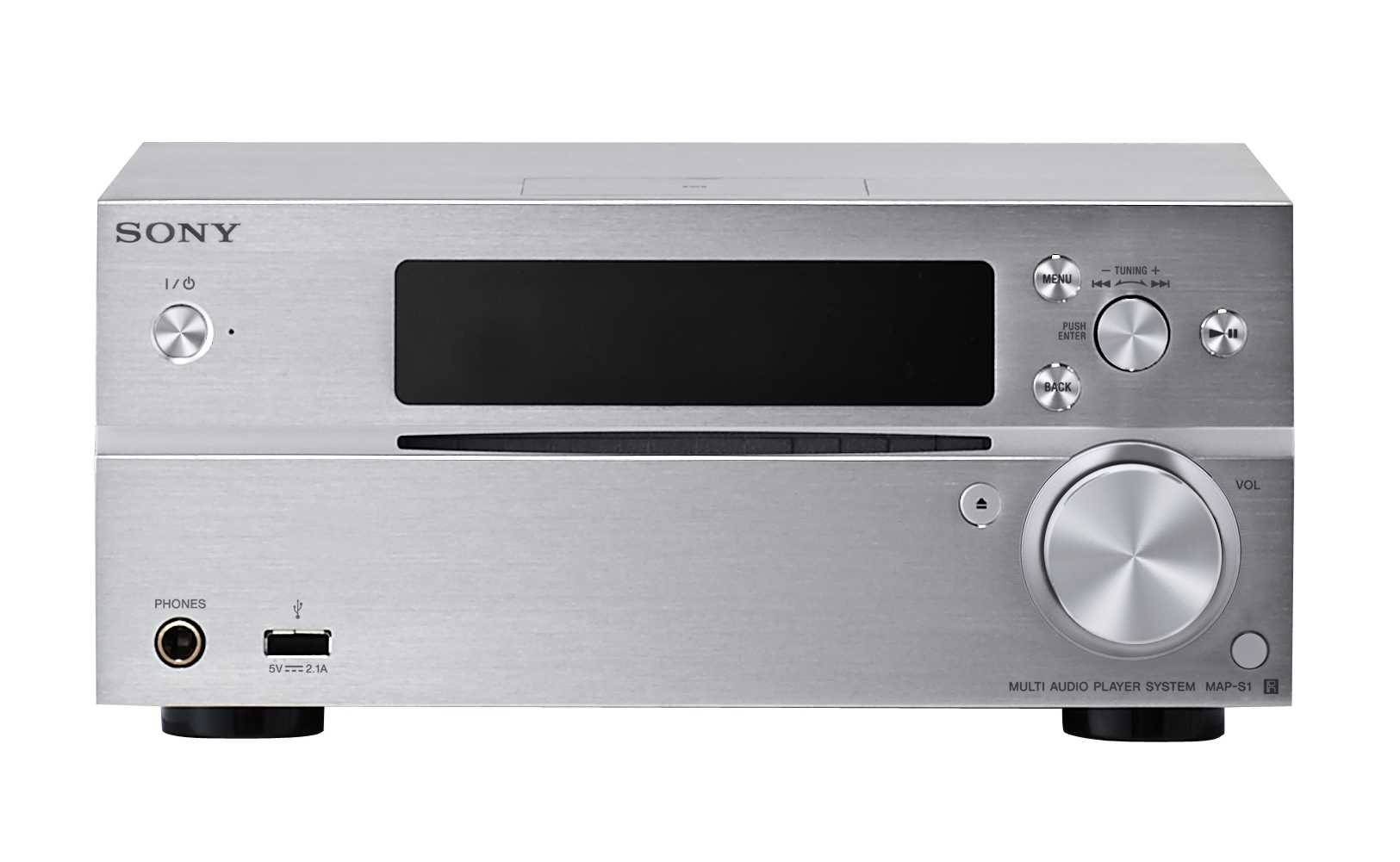When you are looking at laser printers to buy for yourself or specify for an organisation, you will come across printers that are known as “LED printers”.
What are these LED printers?
A LED printer and a laser printer are very similar types of printers in so much as how the paper is marked. They use the same dry-process xerographic / photostatic printing method that has been used for years with photocopiers, where there is an electrostatically-charged imaging drum which attracts powdered toner depending on whether it has been subject to light or not. Then this toner is transferred from the drum to electrostatically-charged paper and “ironed on” using hot fuser rollers.
But the main difference is how this imaging drum is illuminated with the digital representation of your document. A laser printer uses a laser beam and swivelling mirrors or pentagonal prisms to scan the document’s image on to the drum. On the other hand, an LED printer uses a fixed row of light-emitting diodes that turn on and off to scan the image to the drum. This LED array would be similar to what is used to illuminate a document when it is being scanned in the typical scanner and each LED light represents a horizontal pixel that is part of the line being printed.
This has benefits for printer design due to the elimination of the complex light path that laser printers use. Here, you don’t need to use mirrors and servo motors to control the laser’s light path, thus you reduce the number of parts that can go wrong. It also leads to the ability to design xerographic page printers that are more compact and lightweight compared to the laser-based units.
Further comments with OKI Data about LED printers
I had engaged in an email interview with Chris Thorley from OKI Data’s Australian head office to learn more about this. Here, I had learnt that they had pioneered this xerographic printing technology in 1981 and are now on their ninth-generation LED print engine.
Most other printer manufacturers use this LED technology on some of their low-end models. The main reason is a reduced part count allowing for reduced material costs; as well as the impact of unforseen technological issues not being considered significant for this market position, compared with using the trusted laser technology on their mid-tier and high-end models.
But OKI Data have implemented this technology across the board with their colour LED printers known to be yielding high colour production quality. It may also be known that some other manufacturers implement the OKI technology in to their production printing devices on an OEM (Other Equipment Manufacturer) basis. This practice is where a manufacturer uses an already-designed subsystem from anther manufacturer (the OEM) in their own project.
Conclusion
It is worth considering the LED printers for your page-printer needs as long as they have the kind of specifications that you have in mind. This includes machine reliability, image quality, print speed including colour and auto-duplex print speed, functionality and running costs including availability of toner cartridges at differing capacity levels.



